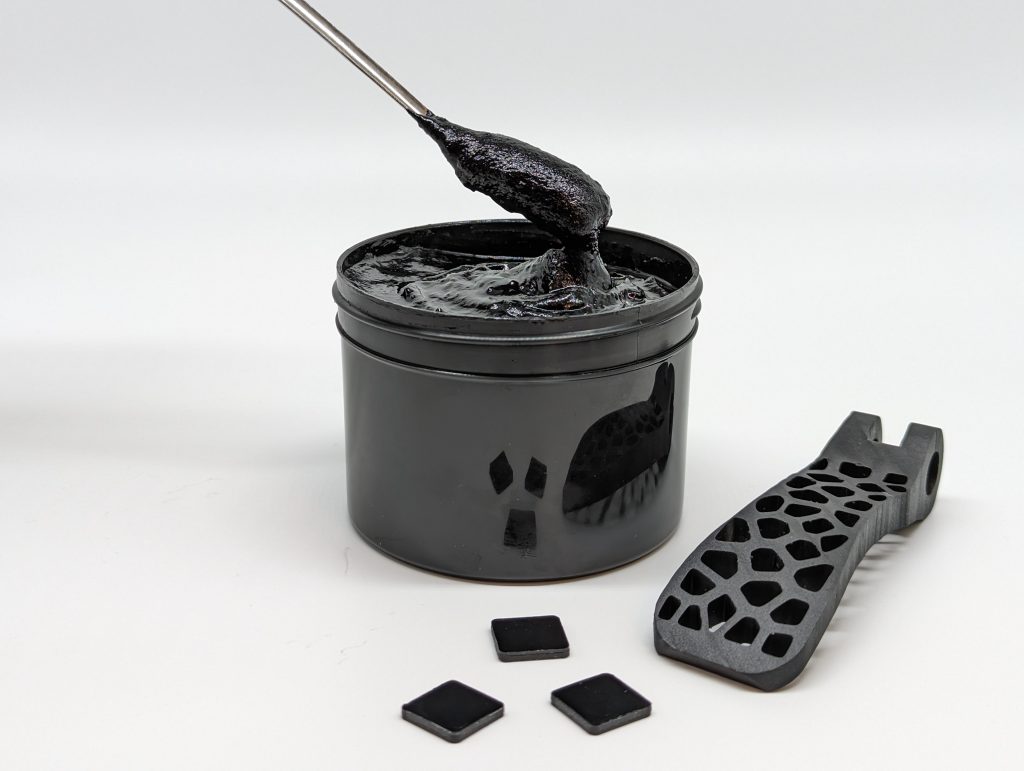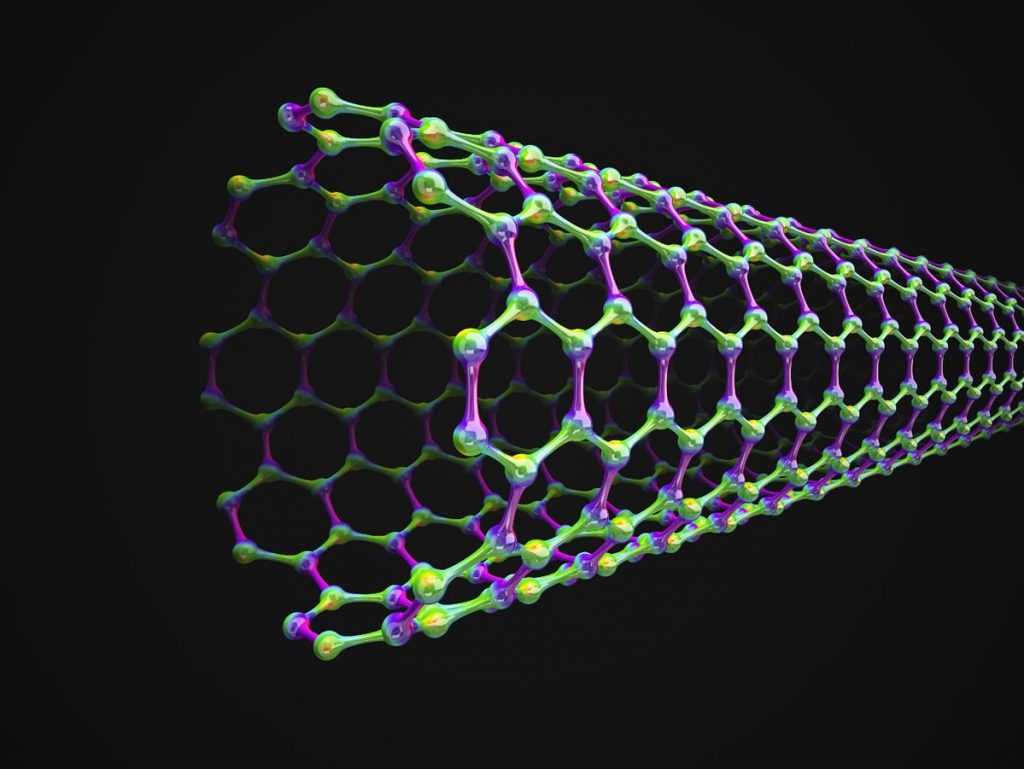Following the E35B+ material launch, Mechnano and Bomar have launched a new material dubbed T50B masterbatch, designed specifically for the additive manufacturing (AM) industry.
Utilizing Mechnano’s exclusive D’Func technology, the recently introduced product concentrates on Discrete, Dispersed, and Functionalized Carbon Nanotubes. Its key goal is the enhancement of mechanical properties and the maintenance of consistent electrical performance at the nanoscale within AM resins. Distinguished by its elevated concentration of Carbon Nanotubes (CNT) and minimal viscosity, the T50B masterbatch facilitates effortless incorporation into resin formulations, eliminating the necessity for prolonged shear mixing procedures.
“Mechnano Research and Development teams continue to enhance our technologies and expand our product portfolio for the AM industry,” says Mechnano Director of Applications & Technology, Dr. Olga “Dr.O” Ivanova. “The initial feedback from beta-customers has been extremely positive, demonstrating enhanced mechanical performance, in addition to ESD capabilities.”

T50B resin’s multifaceted capabilities
Known for its versatility, the T50B demonstrates compatibility across an extensive array of resin types and technologies. Its unique formulation incorporates Bomar resins as the dispersion base, facilitating the development of robust, pliable, and supple AM resins. These resins, tailored for diverse printing methodologies such as Stereolithography (SLA), Digital Light Processing (DLP), or jetting, underscore the adaptability of the T50B, owing to its proprietary blend and capacity to meet the requirements of different additive manufacturing processes.
Extending its adaptability, the T50B allows for the fine-tuning of its electric resistivity within the range of 105-1010 Ω, catering to applications demanding precise electrical properties. Moreover, the integration of T50B into resilient and pliable formulations has yielded notable advancements in mechanical characteristics, manifesting as improvements in both tensile strength and modulus. These findings indicate promising advantages for manufacturing components with overall enhanced performance, showcasing the potential impact of incorporating T50B in diverse applications, says the company.
“This new dispersion is exactly what the industry has been looking for – a versatile, highly concentrated dispersion that enables maximum formulation flexibility and provides excellent ESD properties, all while maintaining printability in UV-based print systems,” says David Robitaille, Global Brand Director for Bomar.
As part of its ongoing efforts to expand its product range, Mechnano is offering the T50B masterbatch directly, and it is also available through its partner, Bomar.

3D printing resin advancements
Netherlands-based 3D printing resin manufacturer Liqcreate added the Liqcreate Flame Retardant HDT resin to its portfolio, catering to engineering, mobility, consumer goods, and electronics applications. This off-white photopolymer resin offers high-temperature resistance, boasting a UL94 V0 flammability rating. Compatible with various 3D printing systems, it withstands temperatures up to 257°C (495°F), making it suitable for automotive, aerospace, and electronic components. Thorough testing, including UL94 and FAR 25.853 evaluations, ensures compliance with safety standards, paving the way for applications in aviation and mobility sectors.
Queensland University of Technology researchers conducted a case study evaluating 3D printing resins for microfluidic components in cell-based applications. Using MOIIN High Temp and MOIIN Tech Clear resins from DMG Digital Enterprises with ASIGA UV Max X27 DLP 3D printers, they printed common microfluidic designs. The study, led by Louis Ong and Yi-Chin Toh, demonstrated MOIIN resins’ feasibility for complex 3D printing, cell trapping, and compatibility with imaging platforms. The resins proved biocompatible and suitable for microscopy imaging, showcasing potential applications in rapid prototyping for biomedical purposes.
Read all the 3D Printing Industry coverage from Formnext 2023.
What does the future of 3D printing for the next ten years hold?
What engineering challenges will need to be tackled in the additive manufacturing sector in the coming decade?
To stay up to date with the latest 3D printing news, don’t forget to subscribe to the 3D Printing Industry newsletter or follow us on Twitter, or like our page on Facebook.
While you’re here, why not subscribe to our Youtube channel? Featuring discussion, debriefs, video shorts, and webinar replays.
Are you looking for a job in the additive manufacturing industry? Visit 3D Printing Jobs for a selection of roles in the industry.
Featured image shows Mechnano’s T50B resin. Photo via Mechnano.


